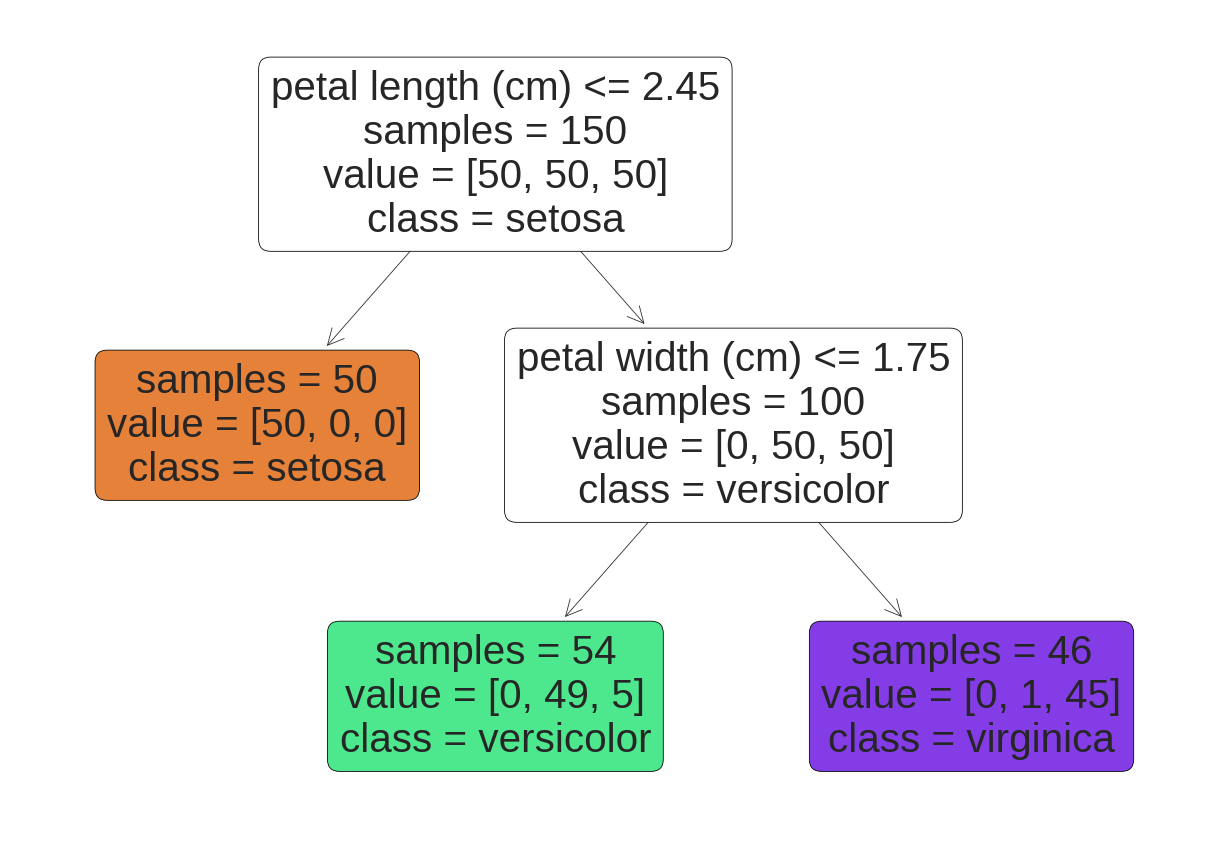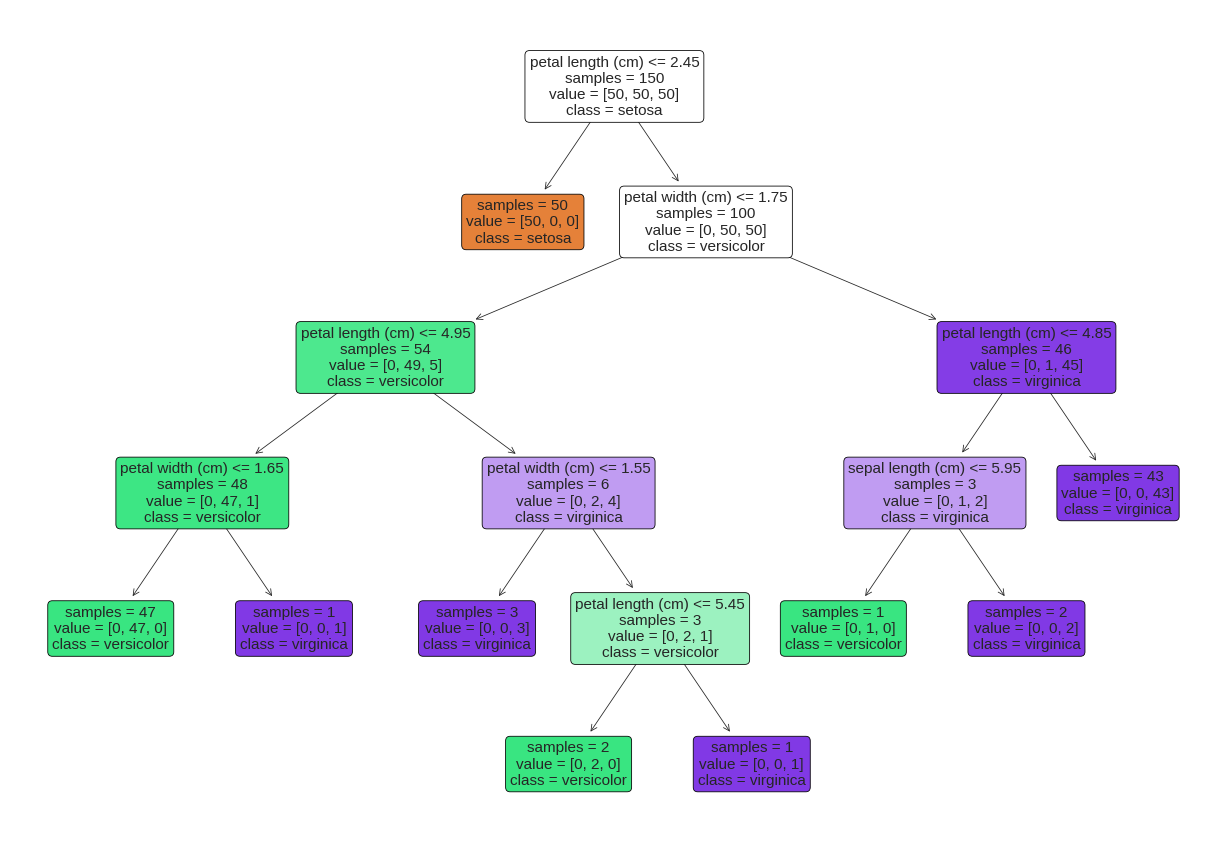
Defining Explainability
Nomenclature
Black Box
A system or automated process whose internal workings are opaque to the observer – its operation may only be traced by analysing its behaviour through its inputs and outputs
Black Box
Sources of opaqueness:
- a proprietary system, which may be transparent to its creators, but operates as a black box
- a system that is too complex to be comprehend by any human
Black Box
Spectrum of opaqueness determined by the context (audience, purpose, etc.)
Transparency, Interpretability, Explainability, …
Transparency, Interpretability, Explainability, …
- explainability
- intelligibility
- simulatability
- sensemaking
- cause
- observability
- comprehensibility
- explicitness
- insight
- transparency
- understandability
- justification
- evidence
- explicability
- interpretability
- rationalisation
- reason
What Is Explainability?
Lack of a universally accepted definition
Interpretability is the degree to which a human can understand the cause of a decision
Explanation is an answer to a “Why?” question
Lack of a universally accepted definition
Explanations should answer “Why?” and “Why-should?” questions until such questions can no longer be asked
Lack of a universally accepted definition
Explanations “giv[e] a reason for a prediction” and answer “how a system arrives at its prediction”
Justifications “put an explanation in a context” and convey “why we should believe that the prediction is correct”
Lack of a universally accepted definition
Transparency is a passive characteristic of a model that allows humans to make sense of it on different levels
Explainability is an active characteristic of a model that is achieved through actions and procedures employed (by the model) to clarify its functioning for a certain audience
Lack of a universally accepted definition
Interpretability is the degree to which a human can consistently predict the model’s result
Lack of a universally accepted definition
Transparency is the ability of a human to comprehend the (ante-hoc) mechanism employed by a predictive model on three levels
- decomposability – appreciation of individual components (input, parameterisation and computation) that constitute a predictive system
- algorithmic transparency – understanding the modelling process embodied by a predictive algorithm
- simulatability enables humans to simulate a decisive process in vivo at the level of the entire model
Lack of a universally accepted definition
Marr’s three-level hierarchy of understanding information processing devices
- computational theory – abstract specification of the problem at hand and the overall goal.
- representation and algorithm – implementation details and selection of an appropriate representation
- hardware implementation – physical realisation of the explained problem
Lack of a universally accepted definition
Understanding why birds fly cannot be achieved by only studying their feathers:
In order to understand bird flight, we have to understand aerodynamics; only then do the structure of feathers and the different shapes of birds’ wings make sense.
Lack of a universally accepted definition
Fidelity-based understanding
- completeness – how truthful the understanding is overall (generality)
- soundness – how accurate the understanding is for a particular phenomenon (specificity)
Lack of a universally accepted definition
Mental models withing the completeness–soundness landscape
- functional – operationalisation without understanding
- structural – appreciation of the underlying mechanism
Approaches to defining XML concepts
- no definition
- inherently intuitive – You know it when you see it!
- assuming terms are synonymous
Approaches to defining XML concepts
circular or tautological definitions
- “something is explainable when we can interpret it”
- “interpretability is making sense of ML models”
- “interpretable systems are explainable if their operations can be understood by humans”
- “intelligibility is the possibility to comprehended something”
dictionary definitions
- to interpret is “to explain […] the meaning of”
- to explain is to “present in understandable terms”
Approaches to defining XML concepts
hierarchical and ontological definitions
- creating a web of connections
component-based – pairings between keywords and technical component or properties
- data are understandable; models are transparent; predictions are explainable
- interpretability is determined by fidelity, brevity and relevance of the insights
Defining Explainability
Human-agnostic definitions
- (technical) desiderata of explainers
- (abstract) properties of explanations
Human-centred definitions
- the role and needs of (human) explainees
- the goal of explanations (with respect to explainees)
Terminology & Key Concepts
- Transparency – insight (of arbitrary complexity) into operation of a system
- Background Knowledge – implicit or explicit exogenous information encompassing (operational) context such as application area, stakeholder and audience (domain expertise)
- Reasoning – algorithmic or mental processing of information
Definition
\[ \texttt{Explainability} \; = \] \[ \underbrace{ \texttt{Reasoning} \left( \texttt{Transparency} \; | \; \texttt{Background Knowledge} \right)}_{\textit{understanding}} \]
Goal
Explainability → explainee walking away with understanding
Understanding, explainability & transparency
A continuous spectrum rather than a binary property
Examples
Linear Models
\[ f(\mathbf{x}) = 0.2 \;\; + \;\; 0.25 \times x_1 \;\; + \;\; 0.7 \times x_4 \;\; - \;\; 0.2 \times x_5 \;\; - \;\; 0.9 \times x_7 \]
\[ \mathbf{x} = (0.4, \ldots, 1, \frac{1}{2}, \ldots \frac{1}{3}) \]
\[ f(\mathbf{x}) = 0.2 \;\; \underbrace{+0.1}_{x_1} \;\; \underbrace{+0.7}_{x_4} \;\; \underbrace{-0.1}_{x_5} \;\; \underbrace{-0.3}_{x_7} \;\; = \;\; 0.6 \]
Linear Models

Linear Models
Decision Trees

Decision Trees

Wrap Up
Summary
- Explainability is an elusive concept
- Its definition relies on the broadly-understood context
- It should be human-centred and goal-driven
- It should lead to understanding
Bibliography
Questions